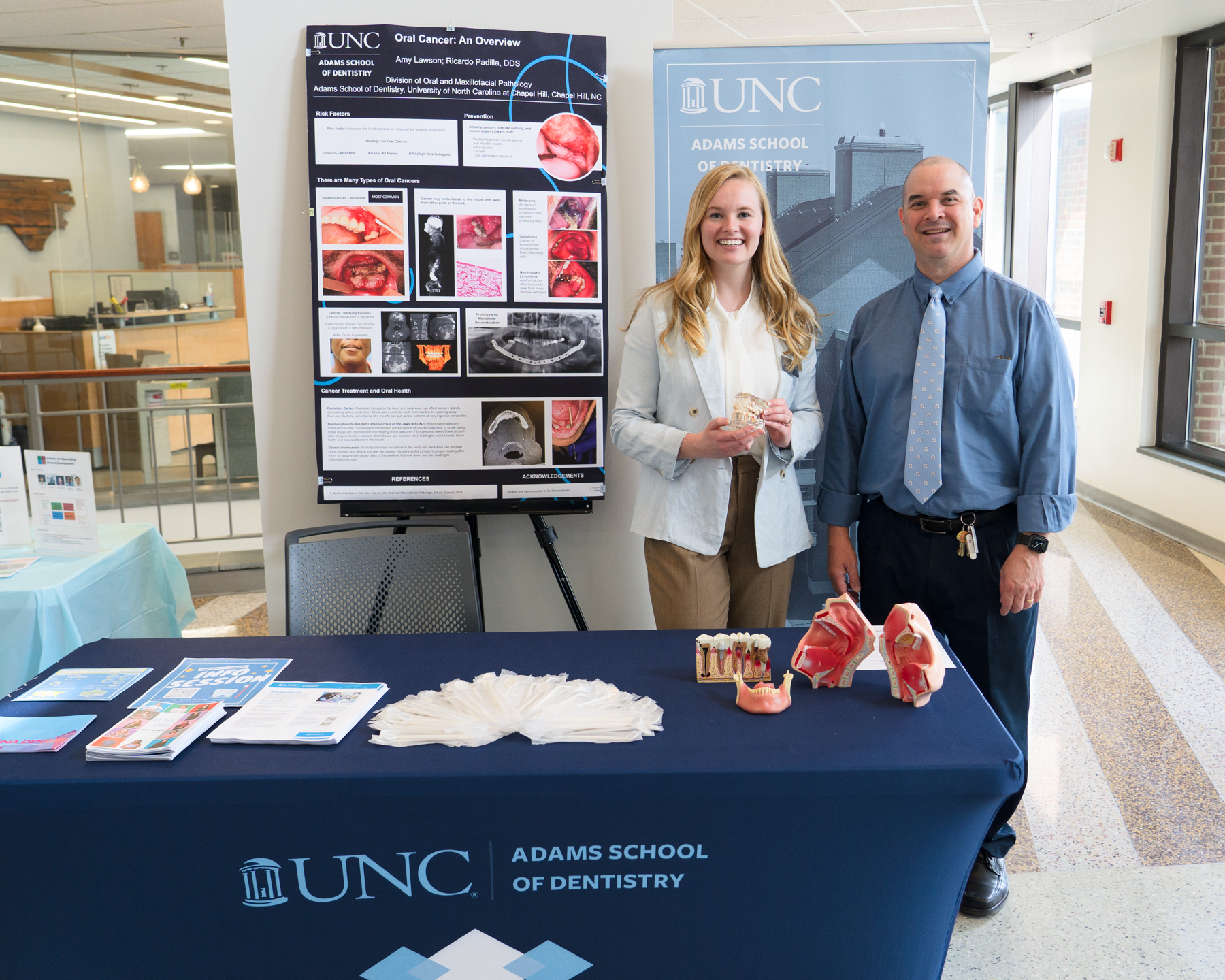Opinion: Sugar shock: A sweet solution for healthier after-school snacks

Editor’s note: This opinion piece was penned by Schweitzer Fellows Raven Selden and Jada Graham as part of their required activities. The NC Albert Schweitzer Fellowship is a one-year interdisciplinary, mentored fellowship program focused on health-related community service and leadership development.
Have you ever picked your child up from their after-school program and they have the most energy you’ve ever seen? Then BOOM, they’re asleep 5 minutes into the car ride home. It’s a tale as old as time: the sugar rush followed by the inevitable sugar crash
As dental students at UNC Chapel Hill and Delta Dental Schweitzer Fellows, our experiences in various after-school programs have underscored the undeniable impact of sugar on children’s oral health.
Research consistently shows that excessive sugar and carbohydrate intake are linked to increased dental decay and cavities in kids. Studies from reputable institutions like the American Dental Association and the Centers for Disease Control and Prevention emphasize the direct correlation between high sugar consumption and oral health issues, making it crucial to rethink our children’s snacks.
These after-school programs often provide snacks filled with carbohydrates and added sugars, contributing to energy spikes and subsequent crashes. It’s time to pivot towards healthier options like fresh fruits, vegetables, and low-sugar juices while encouraging increased water consumption among children. Research findings highlight that substituting sugary snacks with healthier alternatives not only supports oral health but also enhances overall well-being and cognitive function in youngsters.
But why are high-carb, sugary snacks so common in school environments, anyhow? Often operating on limited budgets, they opt for cost-effective snacks readily available in bulk. This reality prompts us to consider feasible strategies to support these programs in transitioning towards healthier snack choices. Solutions may involve advocating for increased funding or seeking partnerships with local initiatives and sponsors to ensure affordable access to nutritious snacks for these programs. For example, in our town of Chapel Hill we have an organization called TABLE that provides healthy, nutritious food along with nutrition education directly to children and parents living with food insecurity. There are also programs like No Kid Hungry that provide after-school meals and snacks to educational and enrichment programs that serve kids in need. Initiatives like these ensure children are provided with healthy options and learn nutritious eating habits early in life.
Furthermore, the shift toward healthier snacking isn’t limited to after-school settings. Families play a pivotal role in reinforcing these habits at home. Parents and caregivers can gradually introduce healthier snack options, such as nuts, cheese, carrot sticks with hummus, yogurt, or whole-grain crackers, making these choices appealing and accessible for children. To sustain this positive change, advocating for increased funding and encouraging schools and programs to prioritize healthier snack choices is crucial.
Simultaneously, fostering a culture of healthy eating at home by actively choosing nutritious options can significantly impact our children’s well-being.
Let’s rally together to support funding initiatives that prioritize our kids’ health, urging programs to opt for nourishing snacks, and making conscious choices for healthier options in our households. By swapping sugar-laden snacks for wholesome alternatives, we ensure our kids receive the best fuel to learn, play, and thrive. The benefits will extend far beyond their smiles; they’ll thank us for it in the long run!
Raven Selden and Jada Graham
2023-24 NC Schweitzer Fellows
UNC Adams School of Dentistry, Class of 2025


